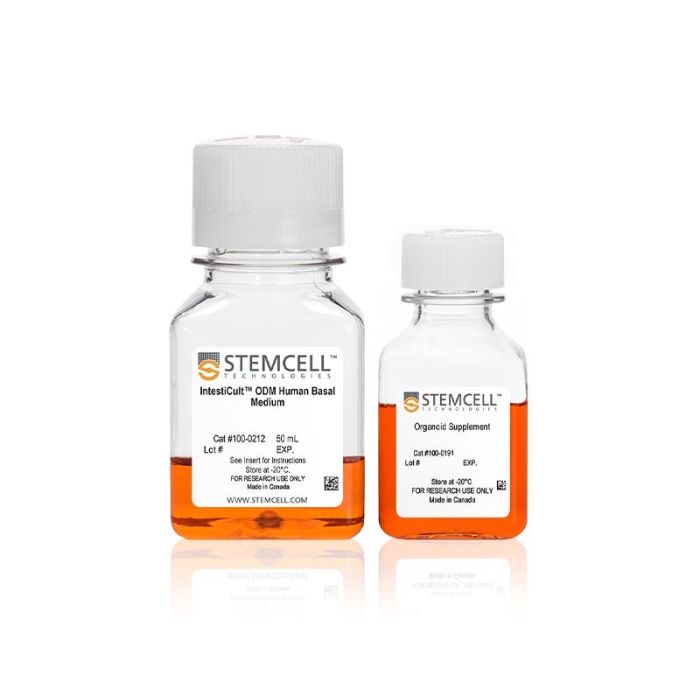产品号 #100-0214_C
用于将人肠道类器官在3D,或在单层/气液界面培养的形式下进一步分化的培养基
用于将人肠道类器官在3D,或在单层/气液界面培养的形式下进一步分化的培养基
Organoids have truly expanded the limits of what's possible for in vitro studies of the intestinal epithelium. By providing optimized culture media and robust, approachable protocols, we are making these technologies more accessible to researchers.

IntestiCult™ 类器官分化培养基(人)是一个完整的培养体系,支持人肠道类器官在三维(3D)、二维单层(monolayer)以及气液界面(ALI)培养的形式下进一步分化。起始培养物可以是来源于人肠隐窝的肠道类器官,也可以是用IntestiCult™ 类器官分化培养基(人)(产品号# 06010)传过代的肠道类器官。
使用IntestiCult™ 类器官分化培养基(人)培养的肠道类器官包含生理相关比例的分化细胞和干细胞群,能够再现肠隐窝-绒毛轴(crypt-villus axis)的多样性。与传统细胞系相比,肠道细胞单层培养具有更好的屏障完整性,表达更高水平的关键分化标志物,且形态结构更接近体内肠道的真实状态。
肠道类器官培养的应用包括研究肠道上皮的发育与功能、模拟肠道疾病、化合物筛选以及再生治疗策略。由于肠道细胞单层培养和气液界面(ALI)培养的方式可轻松对顶端表面进行操作,因此特别适用于通透性分析和感染性疾病研究。使用该试剂盒分化前,需要使用IntestiCult™ 类器官生长培养基(人)(产品号 #06010)来进行类器官的构建和扩增。
欢迎通过我们的免费点播课程学习人肠类器官的培养方法,或浏览关于使用 IntestiCult™ 进行类器官培养流程的常见问题(FAQs)。此外,您还可以下载我们的电子书《Proven Protocols for Intestinal Organoid Culture: Getting Started with IntestiCult™》,获取肠类器官培养方案的精选合集。
如果您打算将本产品用于商业目的,请通过www.huborganoids.nl与HUB Organoids B.V.联系,以获取商业用途许可或HUB Organoids B.V.许可的相关说明。
亚型
专用培养基
细胞类型
肠道细胞
种属
人
应用
细胞培养,分化,扩增,培养,类器官培养
品牌
IntestiCult
研究领域
疾病建模,药物发现和毒理检测,上皮细胞研究,干细胞生物学
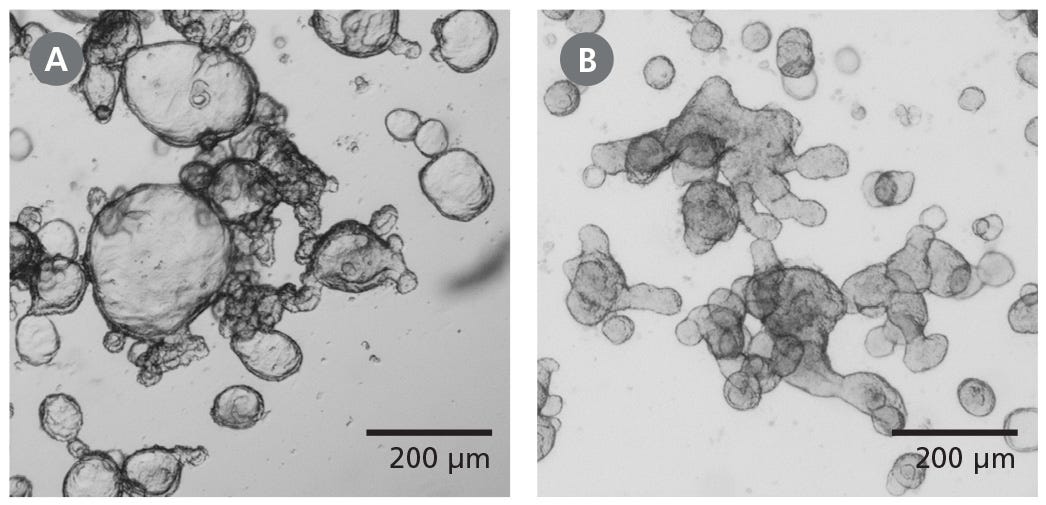
Figure 1. Differentiated Human Intestinal Organoids Display a Budded Morphology
(A) Organoids grown in IntestiCult™ OGM are primarily cystic. (B) When switched to IntestiCult™ ODM, organoids develop a thickened epithelium with a pronounced, budded morphology indicative of a more differentiated state. Organoids were imaged on day 5 of expansion or differentiation respectively.

Figure 2. Intestinal Organoids Contain a Higher Proportion of Mature Cell Types Following Differentiation in IntestiCult™ ODM
(A, B) Organoids grown in IntestiCult™ OGM are enriched for Ki-67+ proliferative cells (A), while containing few differentiated cell types such as goblet cells (MUC2, A), enterocytes (KRT20, B), and enteroendocrine cells (CHGA, B). (C, D) When switched to IntestiCult™ ODM, organoids contain a small number of Ki-67+ proliferative cells (C, arrows), with more physiological proportions of goblet cells (MUC2, C), enterocytes (KRT20, D), and chromogranin A- (CHGA-)positive enteroendocrine cells (D, arrow).
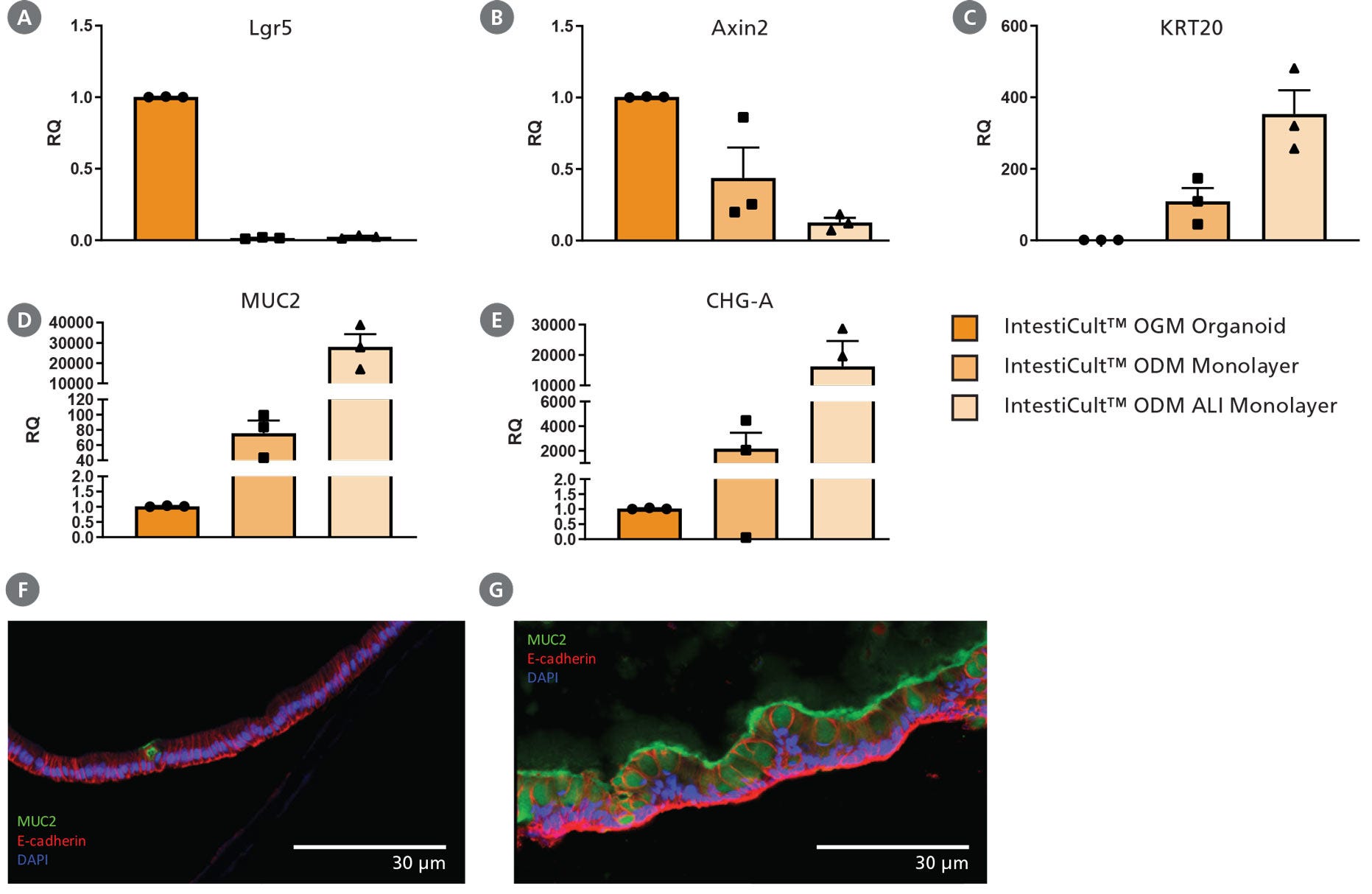
Figure 3. Differentiation of Intestinal Epithelium at the Air-Liquid Interface (ALI) Using IntestiCult™ ODM
(A – E) Growing organoid-derived monolayers as ALI cultures drives further differentiation of intestinal epithelial cultures as seen by changes in gene expression measured by RT-qPCR. Relative quantification (RQ) for each marker is shown relative to actB and TBP housekeeping genes and normalized with respect to undifferentiated organoids grown in IntestiCult OGM (Human). Progenitor markers (A) Lgr5 and (B) Axin2 are significantly reduced in both submerged monolayers and ALI cultures, while markers of enterocytes (KRT20, C), goblet cells (MUC2, D), and enteroendocrine cells (CHGA, E) are significantly increased. Further reduction in Axin2 is seen in ALI monolayers with an increase in expression of KRT20, MUC2, and CHGA. (F, G) Comparing cross-sections of organoid monolayers grown in IntestiCult™ ODM as (F) submerged culture or (G) at the ALI shows further differentiation of the intestinal epithelium with an increased proportion of goblet cells and extracellular mucus (MUC2, green).
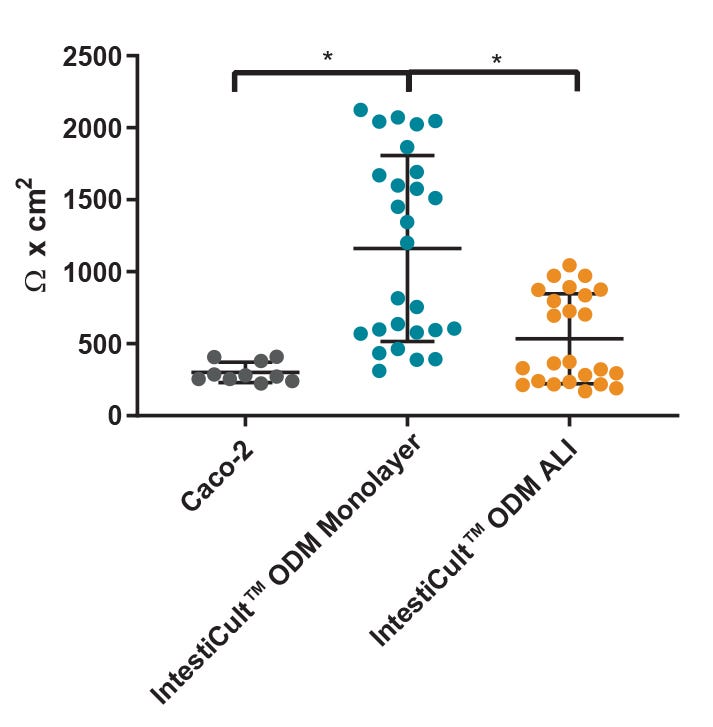
Figure 4. Differentiated Organoid-Derived Monolayers and ALI Cultures Display More Physiological Trans-Epithelial Electrical Resistance (TEER) than Caco-2 Cells
Differentiated organoid-derived monolayers grown as a submerged monolayer (IntestiCult™ ODM Monolayer), or at the ALI (IntestiCult™ ODM ALI), show higher TEER values as compared to Caco-2 cultures.Organoid-derived monolayers grown at the ALI show a loosening of tight junctions due to further differentiation of the brush border, and thus lower TEER values are observed. * p < 0.0001.
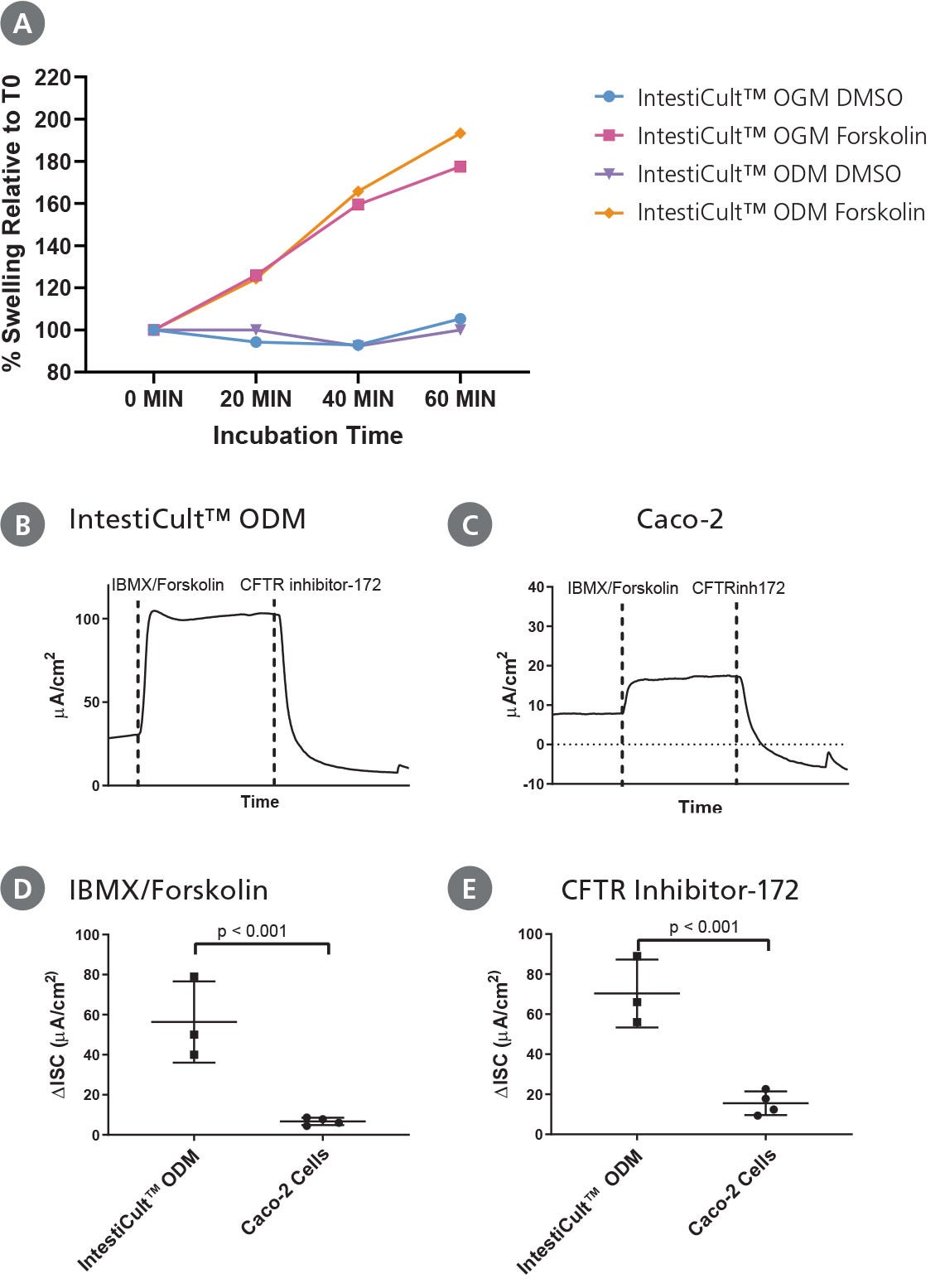
Figure 5. Differentiated Intestinal Organoids Provide a Suitable Model for Studying CFTR Response In Vitro
(A) Organoids differentiated further in IntestiCult™ ODM show a comparable degree of swelling when treated with forskolin as compared to organoids grown in IntestiCult™ OGM, demonstrating suitability for use in forskolin-induced swelling assays. (B – E) Ussing chamber analysis of submerged (B) organoid-derived monolayers and (C) Caco-2 cultures demonstrate increased sensitivity of organoid-derived monolayers to CFTR activation and inhibition by IBMX/Forskolin and CFTR Inhibitor-172 respectively. (D, E) Analysis of CFTR modulation by IBMX/Forskolin and CFTR Inhibitor-172 show significantly greater (D) activation and (E) inhibition of CFTR activity in organoid-derived monolayers as compared to Caco-2 cultures (p < 0.001 for both).

Figure 6. The MIMETAS OrganoReady® Colon Organoid Platform Uses IntestiCult™ to Create an Advanced Physiologically Relevant Model for Gastrointestinal Toxicity Testing and Barrier Integrity
(A) The OrganoReady® plate highlighting the microfluidic compartments.
(B) Schematic of the OrganoReady® microfluidic compartments where columns 1, 2, and 3 house the medium, a collagen-1 matrix, and the colon organoid tubule, respectively.
(C) Immunofluorescence staining of the colon organoid tubule confirms an adult tissue phenotype with the presence of goblet cells (Muc2), enterocytes (Occludin), and stem cells (Sox9). The 3D-lumenized structure provides apical (Ezrin) and basolateral (Integrin-β4) access to the polarized epithelium. Additionally, the organoid tubules show polarized and modulatable activity of expression of P-glycoprotein (Pgp).
(D) The OrganoReady® Colon Organoid platform supports toxicity testing, as demonstrated by dose-dependent measurements of TEER, LDH, and ATP following exposure to Afatinib (n = 4, N = 2). After 72 hrs of exposure, a dose dependent decrease in TEER, cytotoxicity, and cell viability was observed. For more information, please visit mimetas.com/en/organoready-organoid/.
Find supporting information and directions for use in the Product Information Sheet or explore additional protocols below.
This product is designed for use in the following research area(s) as part of the highlighted workflow stage(s). Explore these workflows to learn more about the other products we offer to support each research area.
Thank you for your interest in IntestiCult™ Organoid Growth Medium (Human). Please provide us with your contact information and your local representative will contact you with a customized quote. Where appropriate, they can also assist you with a(n):
Estimated delivery time for your area
Product sample or exclusive offer
In-lab demonstration
| Species | Human |
|---|
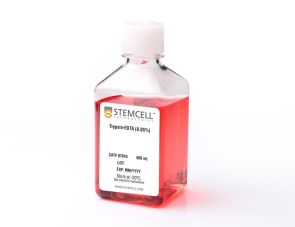
酶法细胞解离试剂
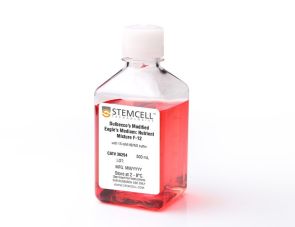
Dulbecco's Modified Eagle's Medium/Nutrient Ham's Mixture F-12 (DMEM/F-12) 含15 mM HEPES缓冲液
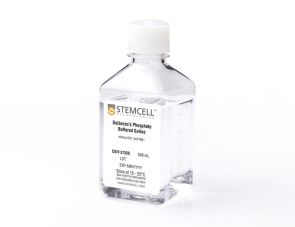
杜氏磷酸盐缓冲液,不含钙和镁离子
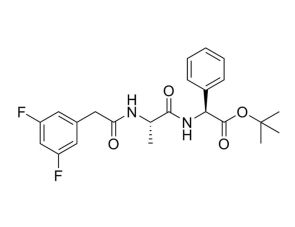
Notch 通路抑制剂;抑制 γ-分泌酶
扫描二维码或搜索微信号STEMCELLTech,即可关注我们的微信平台,第一时间接收丰富的技术资源和最新的活动信息。
如您有任何问题,欢迎发消息给STEMCELLTech微信公众平台,或与我们通过电话/邮件联系:400 885 9050 INFO.CN@STEMCELL.COM。

